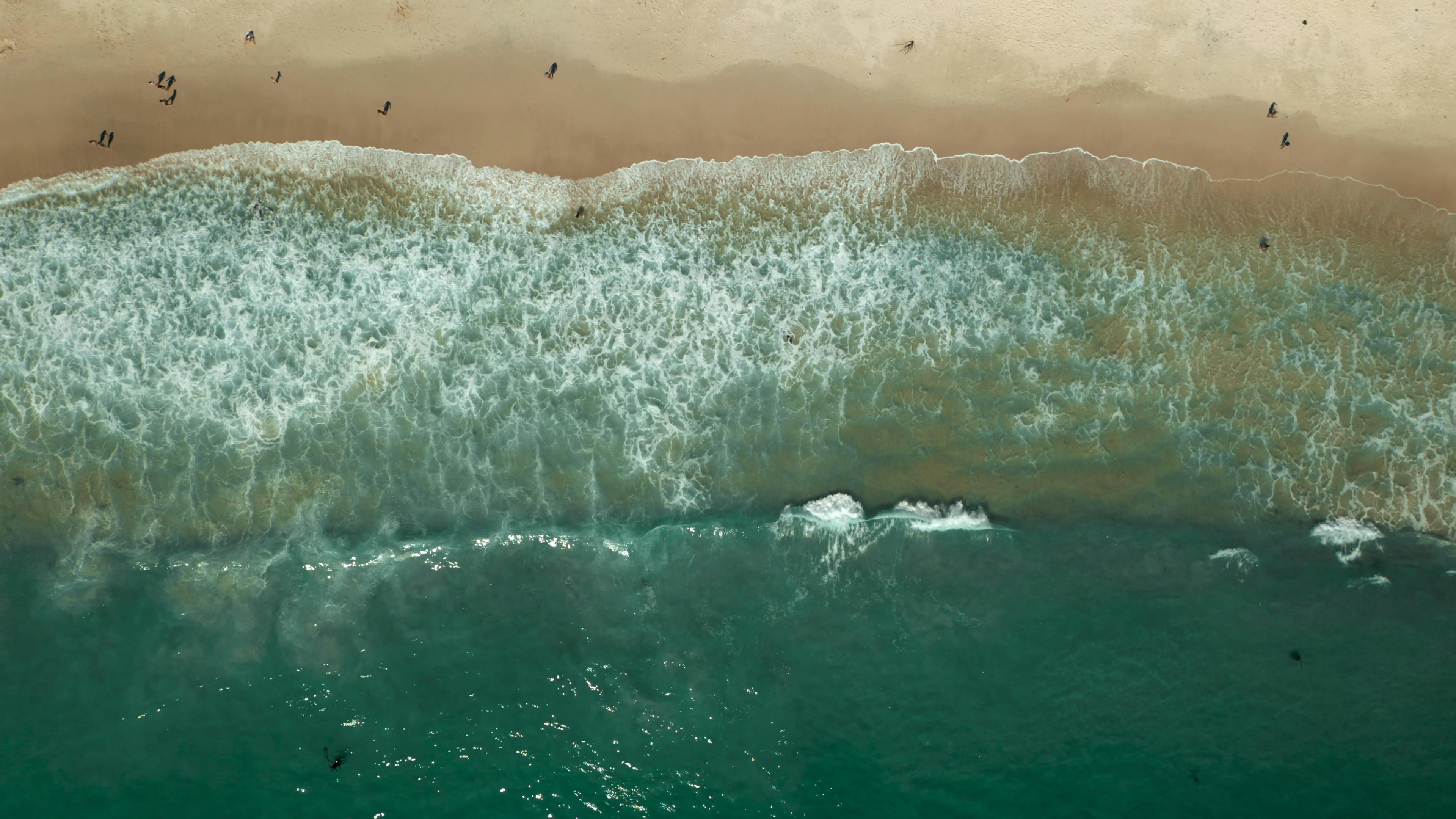
Toothpaste: where did it come from, anyway?
Website design By BotEap.comOne of the fundamental steps we take to keep our pearly whites bright and our breath fresh is (hopefully) the ritual of brushing our teeth twice a day. Whether you brush your teeth first thing in the morning or the last thing you do before rushing off to work (and I hope you do!), chances are you’ll spill your regular toothpaste on your brush. with little or nothing. I thought of the sweet mint paste we rely on to keep our teeth white and our breath fresh day after day. How did we get to this futuristic goo anyway? Where he came from?
Website design By BotEap.comHumans have been using some form of toothpaste throughout history, in fact since 5000 B.C. c.! All over the world, from ancient China to ancient Egypt to ancient Rome, our predecessors mixed up a multitude (to our modern minds) of disgusting concoctions and smeared them on our teeth in the name of early oral hygiene. The first toothpastes in ancient Egypt included powdered ingredients like eggshells, pumice, and ashes from burnt ox hooves, mouse, wolf, and rabbit heads (yes, you read that correctly). it gets better. The ancient Greeks and Romans included crushed bones, oyster shells, powdered charcoal, and various tree barks. These powders were probably mixed with water at the time of use. In China, unpalatable ingredients like salt, ginseng, mints, and other herbs could be found in these ancient powder mixes.
Website design By BotEap.comIn addition to powders with ingredients we find hideous, our ancestors also had some pretty wacky breath-freshening practices. A commonly held belief was that drinking goat’s milk would keep your breath smelling sweet. Others washed their teeth with turtle blood several times a year to prevent toothaches. Another toothache preventative was to remove bones from wolf poop and use them as decorations. Early mouthwash suggestions include pure white wine or old urine! I’ll stick with the Listerine, thanks.
Website design By BotEap.comFast forward to 1800 and the still popular toothpaste or dental powder changed again. Most of us grew up with “I’ll wash your mouth out with soap!” used as a threat of punishment for saying forbidden words. However, in the 1800s, most toothpastes/dental powders contained soap. A few other recipes that included powdered charcoal (dating back to ancient Rome) or other abrasive ingredients were also included. Many toothpaste recipes from this era were less concerned with clean teeth and more concerned with fresh breath. Soap remained a common ingredient in toothpaste until the 1950s (yuck!), when other ingredients took its place.
Website design By BotEap.comIn the 20th century, we see synthetic foaming agents like sodium lauryl sulfate, sweeteners, other synthetic ingredients, and fluoride to prevent cavities being added to toothpaste. Mention fluoride today and some people will tell you it’s snake oil, while others will argue that fluoride toothpaste and fluoridated water are major public health advances that promote lifelong good oral health, but that’s one Post for another day. I don’t know about you, but i am glad to live in the age of flowery sweetened foaming toothpaste instead of powdered mouse head toothpaste.